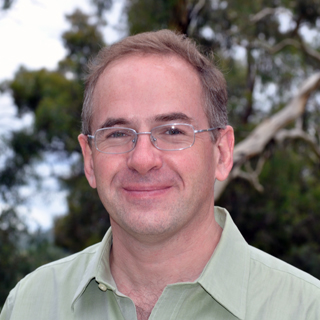
Modelling the International Diffusion of Carbon Intensity Reducing Technology

David I Stern, ANU
Fellow, The Arndt-Corden Division of Economics
The Australian National University
E: sterndavidi@yahoo.com
F: (02) 6125 6130
The aim is to measure and understand the long-term factors behind trends in energy and carbon intensity in different economies and how improvements in energy efficiency diffuse globally. Of particular interest is the rate of diffusion from developed to developing countries and the factors that affect that diffusion. The analysis will show how fast countries adopt energy and carbon reducing technologies, whether there is a convergence towards best practice over time, and how far behind the technology leader different countries are. Underlying trends in energy efficiency will be derived using a econometric production frontier model. A theoretical model of the adoption of energy saving technology will be developed. This model will then be applied to the estimated energy efficiency trends and the implications for carbon emissions computed. The data will include Australia, and at a minimum the major European economies, USA, Canada, Mexico, Japan, China, and India. Outputs will be seminars, briefing papers and draft academic papers.
A better understanding of the patterns of technology adoption and diffusion can inform policies directed at supporting R&D in energy and carbon saving technologies and their adoption including in developing countries. These have been identified as priorities for the global climate change mitigation effort by the International Energy Agency and others, and in the Australian context by the Garnaut Review. It will also be useful in improving models and projections of future emissions growth, such as those that were used in the Garnaut Review and Treasury modelling of the CPRS.
Papers
- Between estimates of the emissions-income elasticity
- How ambitious are China and India’s emissions intensity targets?
- Stern, D.I., Lambie, N.R., Where is it Cheapest to Cut Carbon Emissions?, EERH Research Report No.63, (2010)
» view report [PDF, 2518KB] - Stern D. I., Modeling International Trends in Energy Efficiency and Carbon Emissions, EERH Research Report No.54, (2010)
» view report [PDF, 609KB] - Stern D. I., Jotzo, F., How Ambitious are China and India's Emissions Intensity Targets, EERH Research Report No.51, (2010)
» view report [PDF, 1590KB] - Stern, D.I., Between Estimates of the Environmental Kuznets Curve, EERH Research Report No.34, (2009)
» view report [PDF, 697KB] - Stern, D.I., Interfuel Substitution: A meta analysis, EERH Research Report No.33, (2009)
» view report [PDF, 397KB] - Stern, D.I., Modelling the Global Diffusion of Energy Efficiency and Low Carbon Technology, EERH Research Report No.20, (2009)
» view report [PDF, 60KB]
[back]





